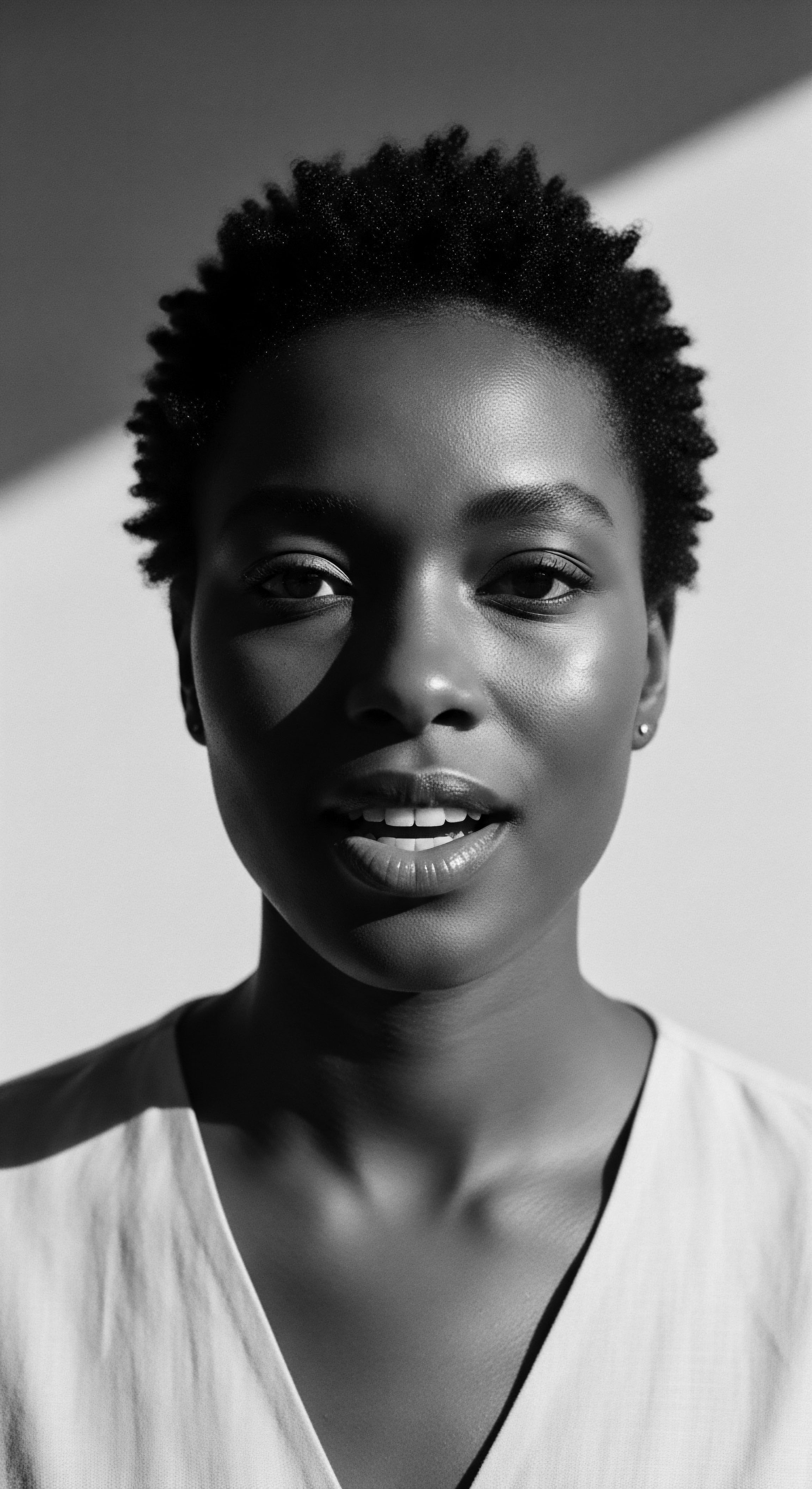
Roots
Consider a strand of hair, a single filament, seemingly small. Now, consider the collective strength of countless such strands, intricately woven, purposefully sculpted, forming a crown that speaks volumes without uttering a word. For individuals of African descent, particularly those with Textured Hair, protective styles are more than mere aesthetics; they are living archives, ancestral echoes, and profound declarations of self.
Their significance is deeply embedded within a rich Heritage, a testament to resilience forged in the crucible of historical oppression. These styles hold stories, wisdom, and a defiant beauty that has traversed generations, providing solace, identity, and silent resistance when overt defiance was too dangerous.
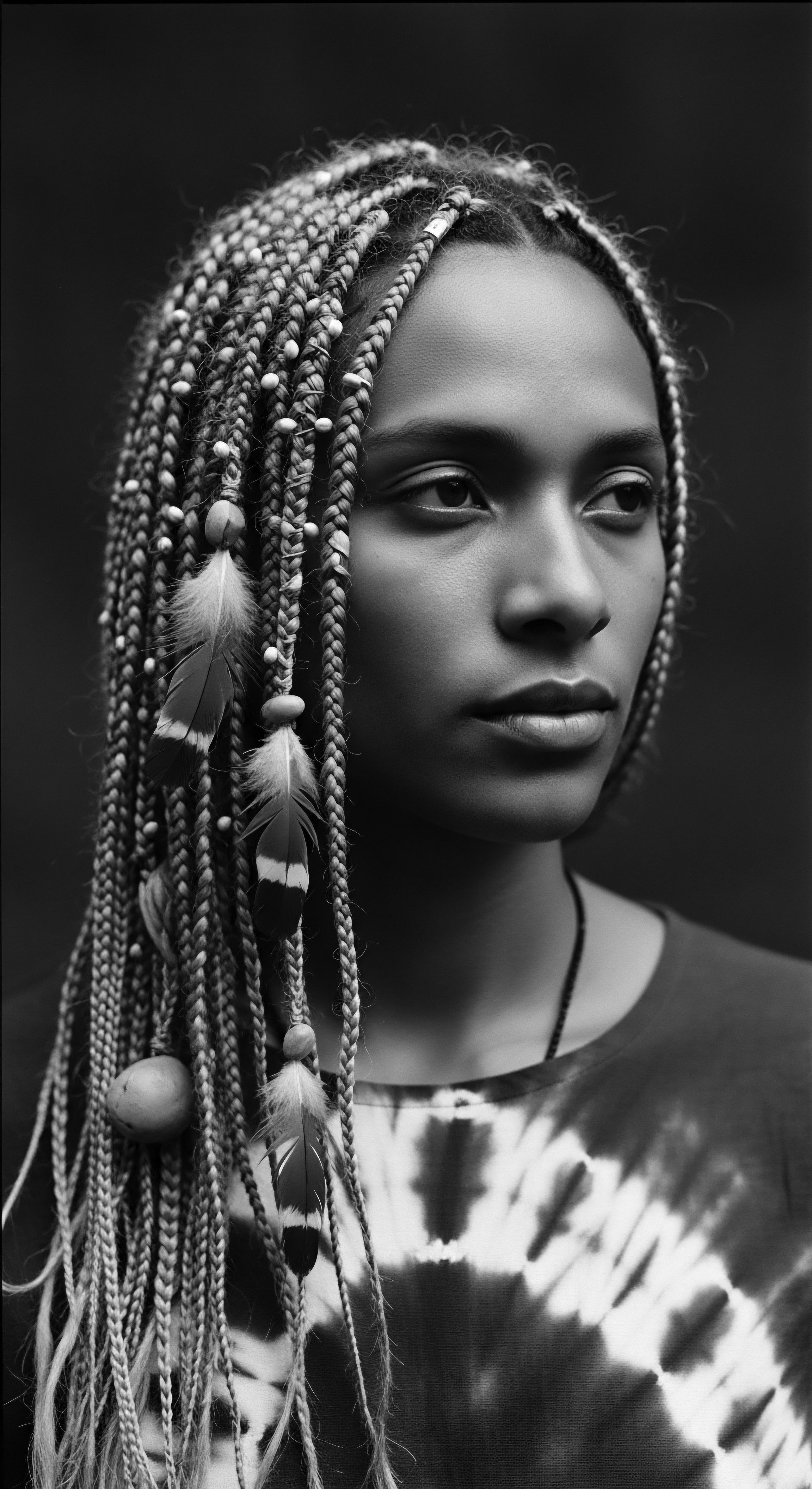
Ancestral Language of Hair
Before the transatlantic slave trade violently disrupted communities and traditions, hair in African societies was a vibrant visual language. Each style conveyed a wealth of information about an individual’s identity, social standing, marital status, age, spiritual beliefs, and even their tribal affiliation. From the Yoruba of Nigeria, whose intricate coiffures held spiritual meaning and marked rites of passage (Afriklens, 2024; Odele Beauty, 2021), to the Himba of Namibia, known for their dreadlocked styles coated in red ochre, hair served as a living canvas of communal identity and spiritual connection. (Afriklens, 2024) These practices underscore a universal human desire to express belonging and individual story through personal adornment, but for African peoples, hair was uniquely sacred, believed to be a conduit to the divine and a site of personal power (Odele Beauty, 2021; Okan Africa Blog, 2020).
The very act of hair styling was often a communal ritual, a shared experience that strengthened bonds between women and within families, passing down cultural traditions and familial histories through touch and oral tradition (Thrifts & Tangles, 2021; The Queen’s Journal, 2025). Hours, even days, were dedicated to crafting these elaborate looks, fostering a deep connection to lineage and collective identity (Odele Beauty, 2021; The Queen’s Journal, 2025).
Textured hair, meticulously styled, served as a profound non-verbal communication system within ancient African societies.

The Structure of Resistance
To truly appreciate the protective styles as instruments of resistance, one must first grasp the intrinsic qualities of Textured Hair itself. This hair, characterized by its unique curl patterns ranging from loose waves to tight coils and kinks, possesses a distinct anatomical structure. The elliptical or flat shape of the hair follicle produces strands that grow in a helical, often spring-like, pattern.
These tight curls mean more points of contact between individual strands, making the hair prone to tangling and breakage if not handled with immense care. Yet, this very coiling also offers inherent volume and a remarkable capacity for intricate styling that straight hair cannot achieve without extreme manipulation.
Protective styles like braids, twists, and locs reduce daily manipulation, minimize tangling, and shield the delicate ends of the hair from environmental stressors. This natural inclination towards styles that tuck away or organize the hair was not merely practical; it mirrored an ancestral understanding of hair health. Even before scientific terms existed, traditional practices valued methods that preserved the integrity of the strand. The physical properties of coily hair, while making it vulnerable to certain types of damage, also lend it a springiness and resilience, an ability to compact and expand, which made protective styles both a practical necessity and an artistic possibility (BLAM UK CIC, 2022).
| Ancient Practice Braiding for moisture retention and length |
| Modern Parallel or Scientific Link Minimizes exposure to elements, reduces friction, retains natural oils, promotes length retention by reducing breakage. |
| Ancient Practice Using natural oils and butters (Shea, Baobab, Marula) |
| Modern Parallel or Scientific Link Nutrient-rich emollients provide deep conditioning, seal cuticles, offer UV protection, and strengthen hair fibers (Africa Imports, 2025; The Natural Beauty Workshop, 2011; Essence Magazine, 2020). |
| Ancient Practice Communal hair care rituals |
| Modern Parallel or Scientific Link Recognizes the psychosocial benefits of shared grooming, contributing to mental wellbeing and cultural cohesion. |
| Ancient Practice The enduring wisdom of ancestral hair practices frequently finds validation in contemporary scientific understanding. |
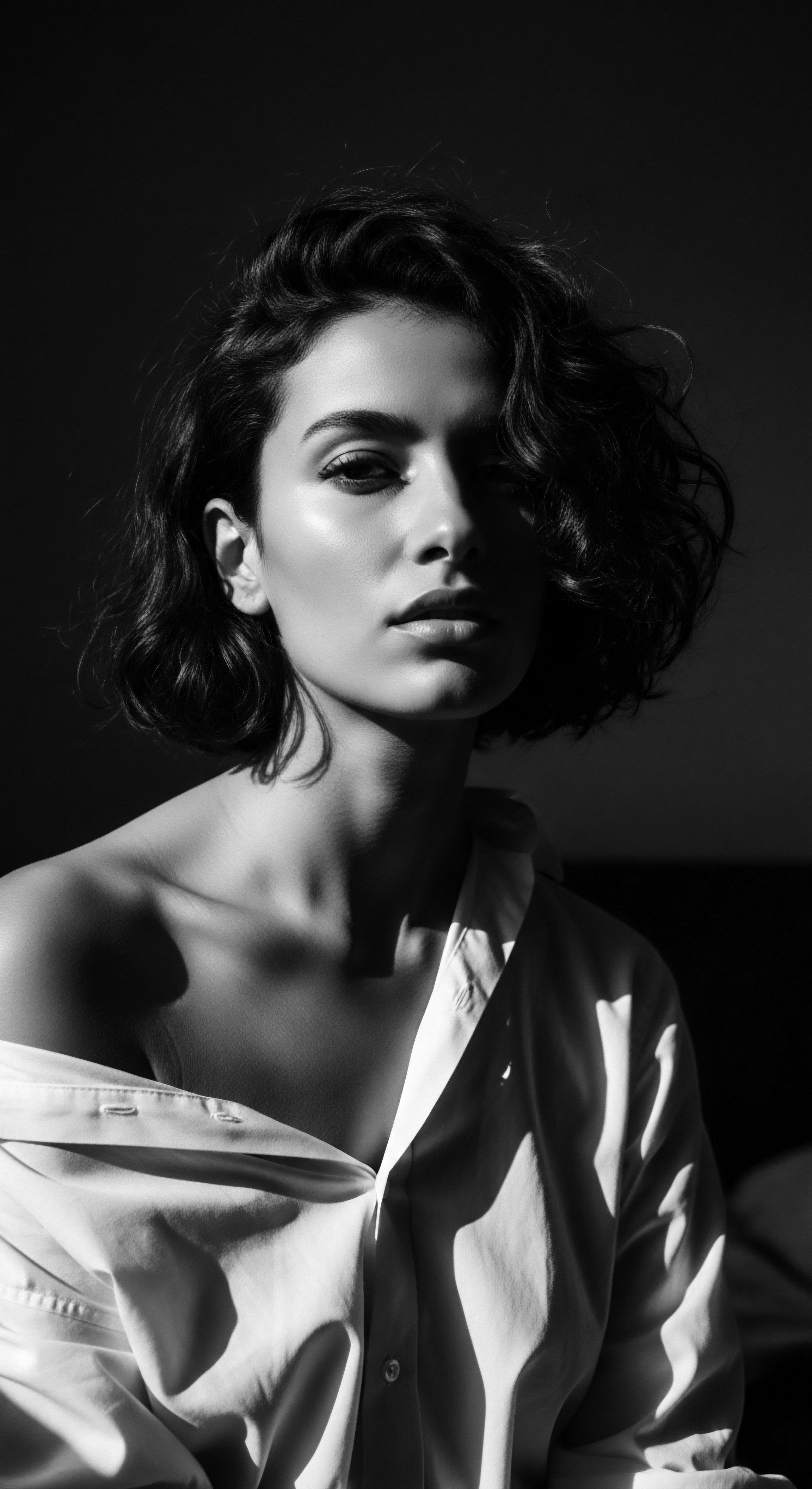
Ritual
The historical journey of protective styles from symbols of communal identity to instruments of rebellion is a narrative steeped in pain, yet illuminated by extraordinary human spirit. When enslaved Africans were forcibly taken from their homelands, one of the first brutal acts of dehumanization was the shaving of their heads. This act aimed to strip them of their cultural identity, severing their connection to ancestral practices and rendering them anonymous within the dehumanizing system of slavery (Afriklens, 2024; BLAM UK CIC, 2022; Thrifts & Tangles, 2021). Yet, in the face of such profound erasure, hair became a silent but potent expression of identity and a tool for survival.
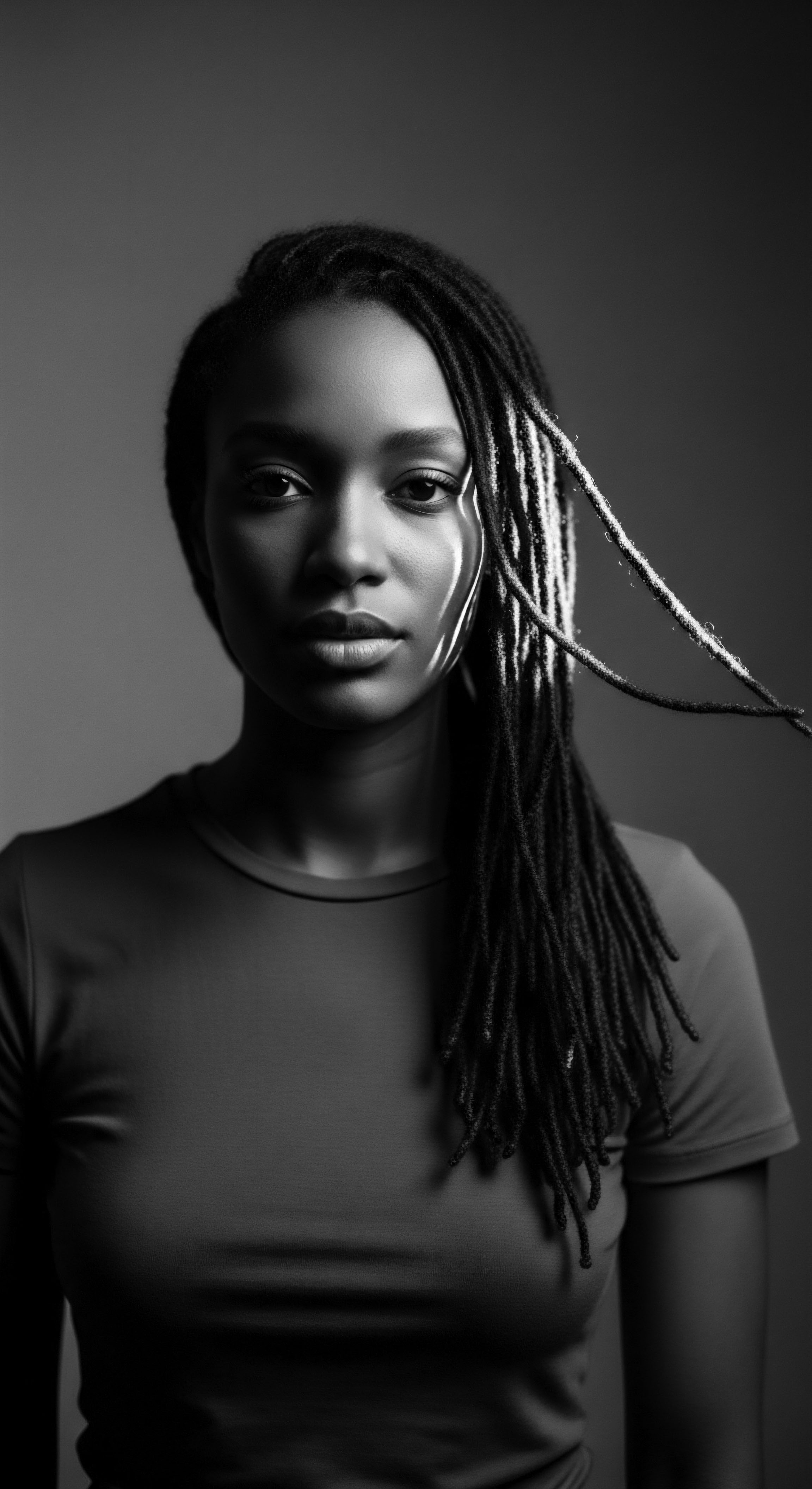
Hidden Messages and Maps
The forced migration brought together diverse African ethnic groups, each with their own unique hair traditions. Despite the trauma, these traditions did not die. Enslaved individuals, particularly women, began to re-establish hair care practices, adapting their ancestral knowledge to new, brutal realities. Protective styles, especially Cornrows, took on an extraordinary new function ❉ that of covert communication and resistance.
In a striking example from Colombia, historical accounts reveal how enslaved women braided intricate patterns into their hair that served as maps to freedom (Afriklens, 2024; BLAM UK CIC, 2022; Essence Magazine, 2020; The Afro Curly Hair Coach, 2022; The Queen’s Journal, 2025). These cornrow patterns depicted escape routes, paths through forests, and even waterways, guiding those seeking liberation. Some accounts describe how seeds, grains, or even gold were hidden within these tight braids, intended to sustain individuals on their arduous journeys to freedom (Odele Beauty, 2021; Thrifts & Tangles, 2021; Essence Magazine, 2020). This ingenious use of hair transforms it into an archive of defiance, a living cartography of liberation.
The ability to hide valuable resources within one’s hair speaks to the incredible foresight and adaptive capacity of those enduring unimaginable circumstances. It highlights a profound understanding of hair’s natural density and the concealment it could offer.
Cornrows, a seemingly simple hairstyle, became intricate maps and vessels for survival for those escaping bondage.
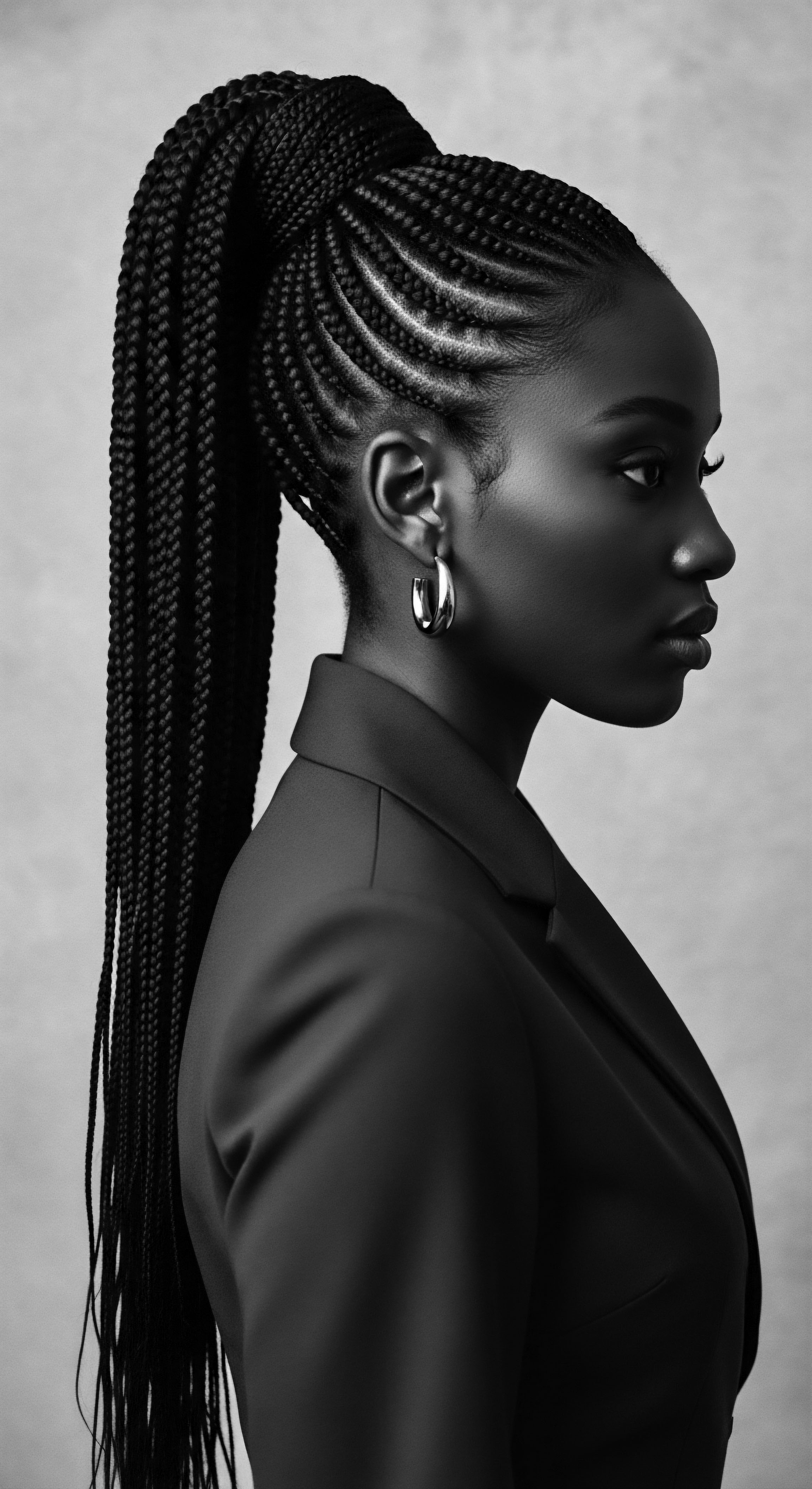
Defiance in Adornment
Beyond coded messages, protective styles and hair adornment became a broader statement of defiance against imposed Eurocentric beauty standards. In the colonial South, laws such as the Tignon Laws enacted in Louisiana in 1786, mandated that Black women, particularly free women of color, cover their hair with a scarf or ‘tignon’ (Odele Beauty, 2021; Thrifts & Tangles, 2021; The Queen’s Journal, 2025; Discrimination based on hair texture, 2022). This legislation aimed to suppress their perceived attractiveness and social standing, forcing a visual marker of inferiority. Yet, these women transformed the symbol of oppression into an act of self-expression.
They adorned their tignons with vibrant fabrics, jewels, and intricate wrapping techniques, turning a tool of subjugation into a statement of dignity, wealth, and unique identity (Odele Beauty, 2021; Thrifts & Tangles, 2021; The Queen’s Journal, 2025). This act of reclaiming the headwrap as an emblem of pride continues to this day (Afriklens, 2024; Leone Culture, 2023).
The very act of styling and caring for one’s hair, even with limited tools like bacon grease, butter, or even sheep fleece carding tools in place of combs, represented a steadfast determination to maintain personal dignity and ancestral connection (Odele Beauty, 2021; Discrimination based on hair texture, 2022; Livara Natural Organics, 2023). This enduring spirit underscored a commitment to self, even when the surrounding world sought to strip it away.
- Cornrows ❉ Tightly braided rows lying flat against the scalp, used for both practicality and coded communication, particularly maps to freedom (BLAM UK CIC, 2022).
- Twists ❉ Hair sections twisted around each other, offering protection and versatility, echoing ancestral techniques of organizing hair.
- Locs ❉ Hair strands matted together over time, a profound symbol of natural growth, spirituality, and a rejection of Eurocentric hair norms, with ancient roots in various African cultures (BLAM UK CIC, 2022; Afriklens, 2024; EdwardAsare, 2021).
- Headwraps ❉ Cloth coverings that served as both protection from the elements and defiant cultural statements against oppressive laws, evolving into fashion statements (Odele Beauty, 2021; Leone Culture, 2023).
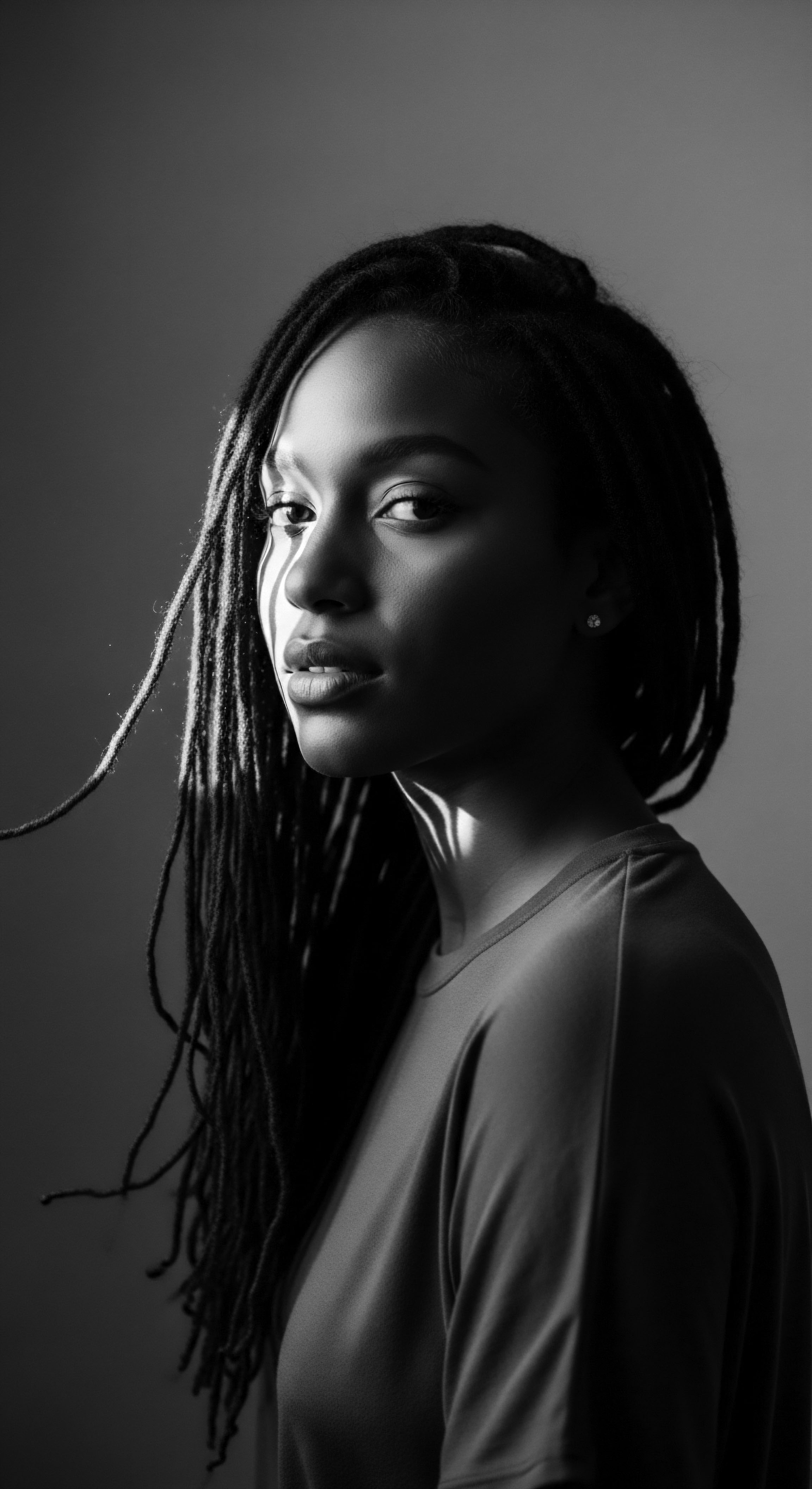
Relay
The legacy of protective styles extends beyond direct acts of physical resistance; it shapes the very fabric of identity and community in the diaspora. The collective journey of textured hair, from pre-colonial reverence to post-slavery defiance and contemporary celebration, provides a powerful lens through which to comprehend the enduring strength of African and mixed-race heritage . The wisdom gleaned from generations of hair care, often passed down in whispers and through touch, serves as a testament to deep ancestral knowledge, adapting and surviving across continents and centuries.

Hair as a Living Archive
The historical oppression faced by people with textured hair was not limited to physical constraints or direct laws. It manifested also in the psychological realm, through the pervasive message that textured hair was “unprofessional,” “unclean,” or “unmanageable” (Thrifts & Tangles, 2021; Discrimination based on hair texture, 2022). This deeply ingrained stigma led many to chemically straighten their hair, a practice that gained widespread popularity as a means of conforming to Eurocentric beauty standards and seeking social acceptance (BLAM UK CIC, 2022; The Queen’s Journal, 2025). However, the mid-20th century saw a powerful resurgence.
The Afro Hairstyle, for instance, rose to prominence during the Civil Rights and Black Power Movements, becoming an undeniable symbol of Black pride, self-acceptance, and a direct rejection of forced assimilation (Afriklens, 2024; Odele Beauty, 2021; Thrifts & Tangles, 2021; The Queen’s Journal, 2025; What Every Dermatologist Must Know, 2023). It was a powerful visual declaration, embodying the sentiment of “Black is beautiful” and challenging the very foundations of oppressive beauty norms (Thrifts & Tangles, 2021).
The continuation and revitalization of protective styles today serve as a direct link to this historical resistance. Each braid, twist, or loc carries within it the memory of survival, the ingenuity of ancestors, and the ongoing fight for hair autonomy. This living cultural artifact demonstrates how personal care can become a profound political statement, a continuous act of honoring one’s heritage .
The enduring power of protective styles lies in their ability to serve as a continuous link to ancestral resilience and cultural affirmation.
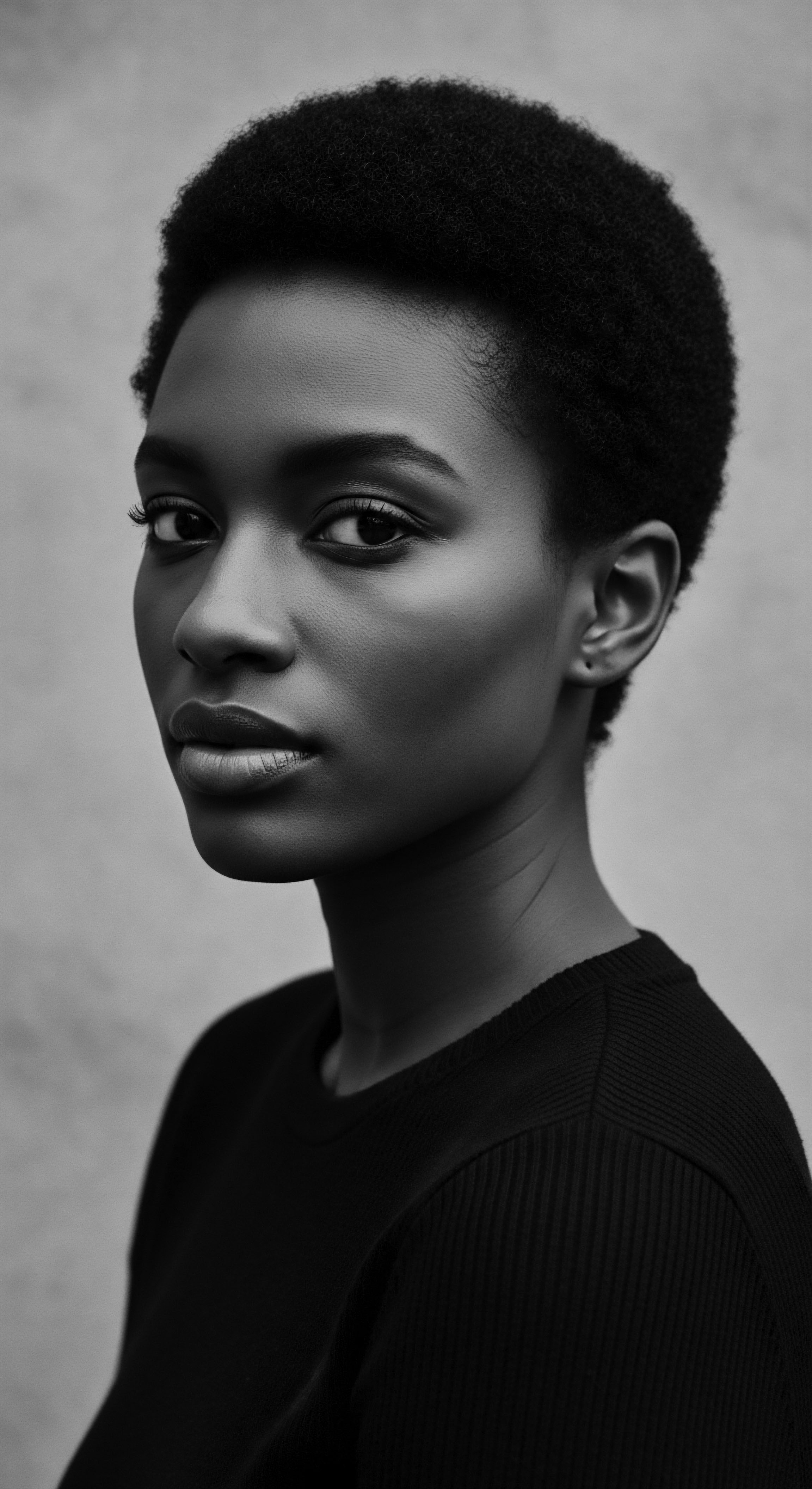
Nourishing the Roots of Identity
The practices associated with protective styles extend to a holistic understanding of hair health, deeply rooted in ancestral wisdom. Traditional African hair care involved a meticulous approach using natural ingredients that provided both nourishment and protection. Oils and butters derived from indigenous plants were central to these routines.
- Shea Butter ❉ A staple from West Africa, known for its moisturizing and sealing properties, protecting strands from dryness and breakage (Africa Imports, 2025; The Natural Beauty Workshop, 2011).
- Baobab Oil ❉ Extracted from the “tree of life,” it is rich in fatty acids and antioxidants, promoting elasticity and protecting hair from environmental stressors like UV radiation (The Natural Beauty Workshop, 2011; DIY Hair Care Mastery, 2025; New old ingredients, 2022).
- Marula Oil ❉ From Southern Africa, offering deep moisture and antioxidant benefits, ideal for dry hair and scalp (Africa Imports, 2025; The Natural Beauty Workshop, 2011).
- Chebe Powder ❉ A Chadian tradition, this powder aids in moisture retention and hair thickness, used to strengthen hair and reduce breakage (Africa Imports, 2025).
These ingredients, and the methods of applying them, represent a scientific understanding centuries before modern chemistry. They were chosen for their efficacy in maintaining hair integrity, minimizing tangling, and promoting healthy growth, all factors that contribute to the success of protective styles. The knowledge of these natural remedies, passed through oral tradition, played a crucial role in enabling individuals to maintain their hair even when commercial products were unavailable or unsuitable (Odele Beauty, 2021).

How do Historical Care Practices Inform Modern Textured Hair Regimens?
Modern textured hair care regimens increasingly echo ancestral wisdom, validating the efficacy of traditional practices through scientific understanding. The emphasis on moisture retention, gentle handling, and protective styling, central to current recommendations, mirrors the historical practices of African communities. For example, the widespread use of hair oiling and butter applications, a cornerstone of historical African hair care, is now scientifically supported for its ability to seal the hair cuticle, reduce hygral fatigue, and provide a barrier against environmental damage (DIY Hair Care Mastery, 2025). The understanding of hair porosity, for instance, helps us comprehend why certain natural oils might have been favored for specific hair types in ancestral communities to ensure proper absorption and moisture.
The invention and patenting of hair tools by Black innovators, such as Lyda Newman’s improved hairbrush in 1898 and Marjorie Joyner’s permanent waving machine in 1928, also represent a continuation of this legacy, creating solutions tailored for textured hair when mainstream industries often neglected it (Nature’s Little Secret, 2025; Sadiaa Black Beauty Guide, 2025). This innovative spirit, born from necessity, continues to shape the landscape of textured hair care, extending the heritage of self-reliance and specialized knowledge.

Reflection
The journey of protective styles through the annals of history is a profound meditation on the enduring soul of a strand, a testament to the living archive that is textured hair . From the sacred communal rituals of ancient Africa to the defiant acts of survival and communication during the slave trade, and onward to the vibrant expressions of identity in contemporary society, these styles have never merely been about adornment. They embody a deep, unbreakable connection to heritage , a silent yet powerful language spoken across generations.
In every meticulously crafted braid, every softly defined twist, every resilient loc, there resonates the wisdom of those who came before. These styles tell stories of survival against unimaginable odds, of ingenuity in the face of brutal oppression, and of an unwavering commitment to self and culture. They remind us that beauty is not merely skin deep; it can be a fierce assertion of personhood, a repository of collective memory, and a quiet revolution.
As we move forward, recognizing and celebrating the profound roles protective styles played, we honor not just hair, but the very spirit of those who wore them ❉ a spirit of resilience, creativity, and an unyielding tie to their ancestral past. The legacy of textured hair is one of defiance and triumph, a continuous, evolving narrative etched in every single strand.
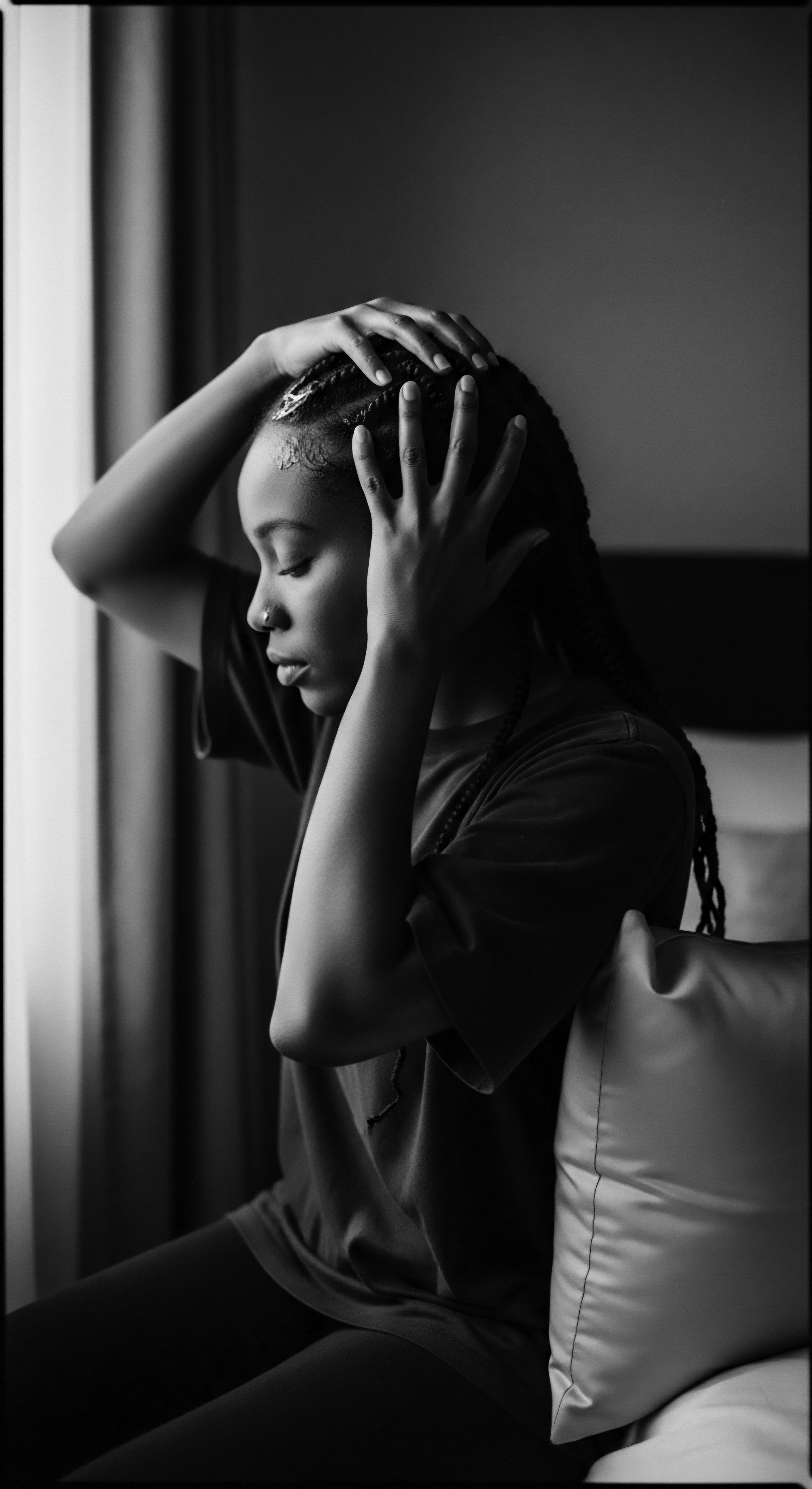
References
- Afriklens. (2024). African Hairstyles ❉ Cultural Significance and Legacy.
- BLAM UK CIC. (2022). The History of Black Hair.
- Byrd, A. & Tharps, L. L. (2001). Hair Story ❉ Untangling the Roots of Black Hair in America. St. Martin’s Press.
- The Afro Curly Hair Coach. (2022). Cornrows and The TransAtlantic Slave Trade.
- The Gale Review. (2021). African Hairstyles – The “Dreaded” Colonial Legacy.
- The Queen’s Journal. (2025). History, identity, and community ❉ The significance of Black hair.
- Thrifts & Tangles. (2021). The Evolution of Black Hair for Beauty & Resistance.
- Odele Beauty. (2021). 6 Things Everyone Should Know About Black Hair History.
- Odele Beauty. (2024). A History Lesson On Hair Braiding.
- Okan Africa Blog. (2020). The significance of hair in African culture.
- Essence Magazine. (2020). This African Braiding Technique Was Created By Our Ancestors To Help Prevent Hunger During Slavery.
- Leone Culture. (2023). Exploring the Significance Of Headwraps In African Fashion And Traditions.
- The Natural Beauty Workshop. (2011). Oils of Africa.
- Africa Imports. (2025). Traditional African Secrets For Long And Healthy Hair.
- EdwardAsare. (2021). THE ROLE OF HAIR IN ANCIENT AFRICAN CULTURES.
- Livara Natural Organics. (2023). Black History Month ❉ The Rich History of Our African Hair.
- Nature’s Little Secret. (2025). The History of Black Hair Care ❉ Trailblazers Who Paved the Way.
- Sadiaa Black Beauty Guide. (2025). 9 Black Inventors Who Made Hair History.
- DIY Hair Care Mastery. (2025). 10 Natural Recipes for Every Hair Type Using African Oils.
- New old ingredients. (2022). Natural trend driving beauty to embrace Africa’s traditional oils.
- What Every Dermatologist Must Know About the History of Black Hair. (2023). Journal of Drugs in Dermatology.
- Discrimination based on hair texture. (2022). Wikipedia.
- The History and Cultural Significance of African Hair Braiding. (2023). Elom African Braids.
